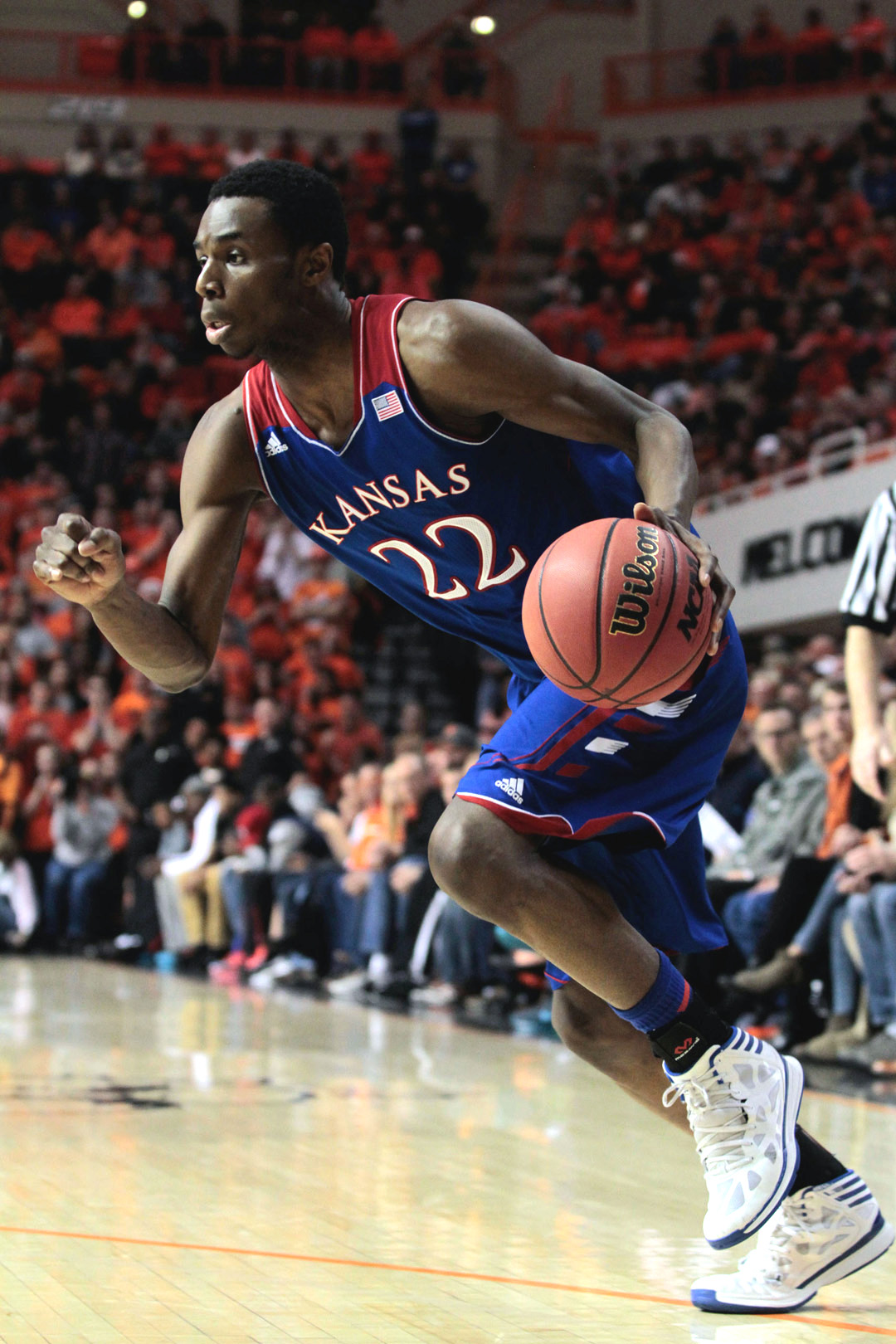
Sources:
Comments:
- Arn Tellem, “In reality, no amateur draft is more predictive than the N.B.A.’s. As an agent who represents 50 current pros, I can say with reasonable certainty that college seasoning doesn’t help general managers make better draft decisions. Nor does cosseted campus life prepare players for life in the N.B.A. The best high school basketball players become the best one-year college players, are the highest B.A. draft picks, and ultimately earn the most money from playing salaries and endorsements. Over the last three seasons, more than half of the N.B.A. All-Stars had either turned pro out of high school or been one-and-done.”
Thoughts:
- Preparing athletes “for high school” is very important, if talent trajectory is based on performance at the high school level, we need to better prepare them to be the best they can be, EARLY. It appears that NBA teams bank on their young talent more heavily than talent developed through the course of an NCAA career.
- Athleticism at the high school level is hardly complete. Peak strength, explosiveness and skill are hardily maximized. This is clearly demonstrated in the world of sport science and sport performance – Olympic athletes, professional baseball, hockey, and football. Imagine comparing the athleticism of freshman collegiate football player vs. a senior. They are not even close. A full quad of development goes into developing freakish athleticism we see at the NFL combine…(I’ll share my thoughts on the NBA combine shortly…)
- Athleticism vs. Skill. It is clear that athleticism, and length are coveted attributes that NBA teams crave. But what about basketball IQ and skill. Based on how NBA teams draft (athleticism over skill) we would think they would have a sophisticated method of developing basketball IQ and skill. I minor league system is one of the most glaring GAPS – there really isn’t one.
- Sports Science and Money Ball. Soon teams will bank on the developing of basketball talent. I strongly believe that the world has yet seen the impact of sound long term athletic development in basketball. This means a framework that integrates, skill development, athletic development with an appreciation for injury prevention, physical literacy and sport performance science. I’ve been involved in basketball since 2008, I’ve be part of the explosive recognition of Canadian Ballers, and I fully realize we are just seeing the TIP OF THE ICEBERG. You will soon be seeing a wave of talent, developed through the framework of sports science
Cool Statistics:
- Over the last three seasons, more than half of the N.B.A. All-Stars had either turned pro out of high school or been one-and-done.
- Eighty-four percent of the high school players drafted from 1995 to 2005 had N.B.A. careers lasting at least eight seasons. The median career length was 10 seasons, more than double the average for an N.B.A. player. Of the 38 high school players drafted since 1995, 24 played in the N.B.A. this season, about 63 percent.
- In contrast, 59 of the 82 college freshmen who turned pro since 1996 were still on active rosters, about 72 percent. Only a handful of players failed to pan out on the pro level, and one was seriously hurt before his rookie season.
- History shows that teenagers have had great success in the league. Witness the career trajectories of Kobe Bryant, Dwight Howard, LeBron James, Tony Parker, Kevin Garnett, Tracy McGrady, Chris Bosh, Carmelo Anthony, Kevin Durant and Derrick Rose. Only Anthony, Bosh, Durant and Rose were one-and-done. The N.B.A.’s last seven Most Valuable Player awards went to players who entered the league as teenagers.
